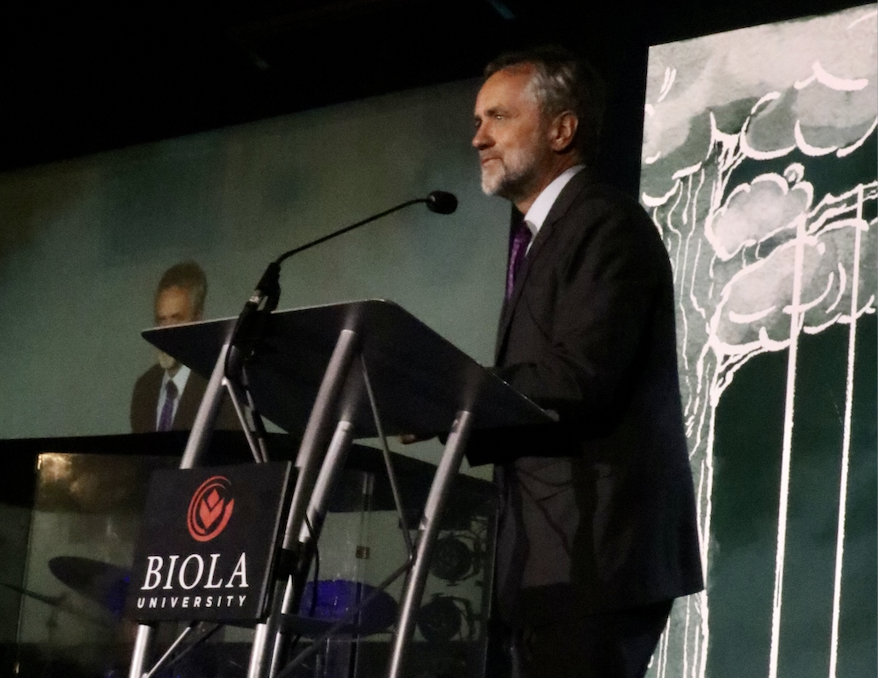WASHINGTON — Battered by bad economic news, consumer confidence plunged while wholesale food, energy and medicine costs soared, pushing inflation up at the fastest pace in a quarter century.
The Labor Department said Tuesday that wholesale inflation jumped by 1 percent in January, more than double the increase that analysts had been expecting.
Meanwhile, the New York-based Conference Board reported that its confidence index fell to 75.0 in February, down from a revised January reading of 87.3. The drop was far below the 83 reading that analysts had forecast and put the index at its lowest level since February 2003, a period that reflected anxiety in the leadup to the Iraq war.
Consumers have been shaken by a prolonged slump in housing that has pushed the country close to a recession.
A third report Tuesday showed that home prices, measured by the S&P/Case-Shiller Index, dropped by 8.9 percent in the fourth quarter of last year, the steepest drop in the 20-year history of the index.
”Home prices across the nation and in most metro areas are significantly lower than where they were a year ago,” said Robert Shiller, one of the index’s creators. ”Wherever you look, things look bleak.”
The January inflation surge left wholesale prices rising by 7.4 percent over the past 12 months, the fastest pace in more than 26 years.
The worse-than-expected performance was certain to capture attention at the Federal Reserve, which has chosen to combat a threatened recession by aggressively cutting interest rates in the belief that weaker economic growth will keep a lid on prices.
But the combination of rising inflation and weaker growth raises the threat of ”stagflation,” the economic malady that plagued the country through the 1970s, when a series of oil shocks left households battered by the twin problems of stagnant growth and rising inflation.
The 1 percent jump in wholesale prices followed a 0.3 percent decline in December and was the biggest one-month increase since a 2.6 percent increase in November. That gain had been driven by sharply higher energy costs.
The big jump in wholesale prices followed a report last week that consumer prices had risen by a worse-than-expected 0.4 percent, reflecting higher costs for food, energy and health care.
The wholesale report said that energy prices jumped 1.5 percent, as gasoline prices rose by 2.9 percent and the cost of home heating oil jumped by 8.5 percent.
Food prices, which have been surging because of increased demand stemming from ethanol production, rose by 1.7 percent last month, the biggest monthly increase in three years. Prices for beef, bakery products and eggs were all up sharply.
Core wholesale inflation, which excludes food and energy, posted a 0.4 percent increase, the biggest increase in 11 months. This gain was led by a 1.5 percent spike in the cost of prescription and non-prescription drugs.
The cost of book publishing was up 1.7 percent while the price of light trucks and passenger cars both rose by 0.3 percent.
Prices excluding food and energy are up 2.5 percent over the past 12 months, the fastest 12-month gain since a 2.5 percent rise in the 12 months ending in October.







